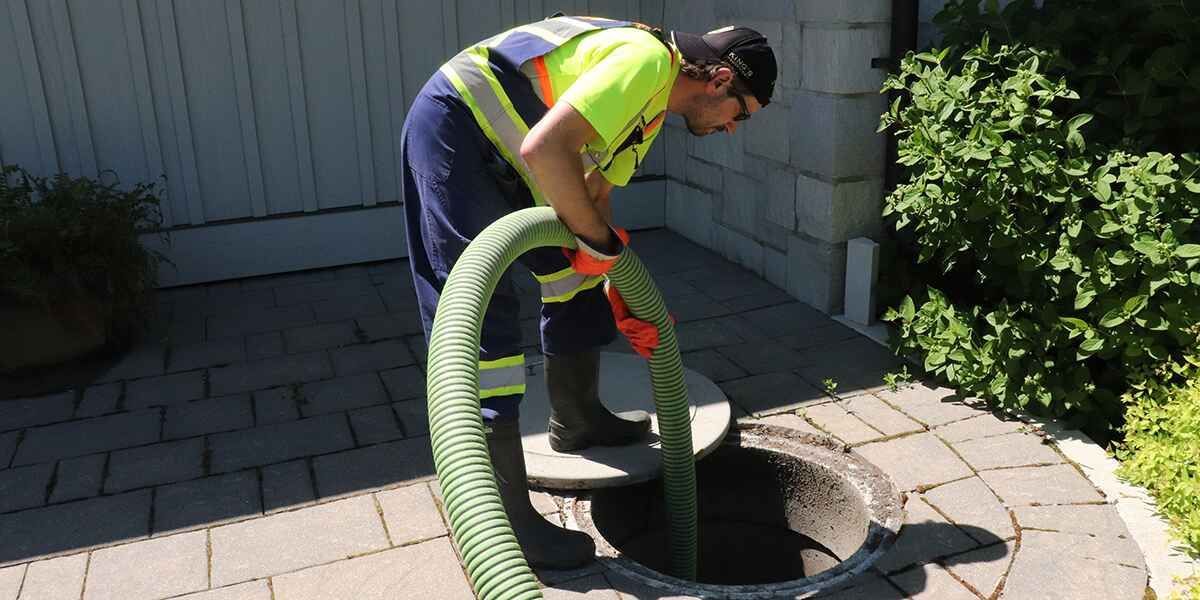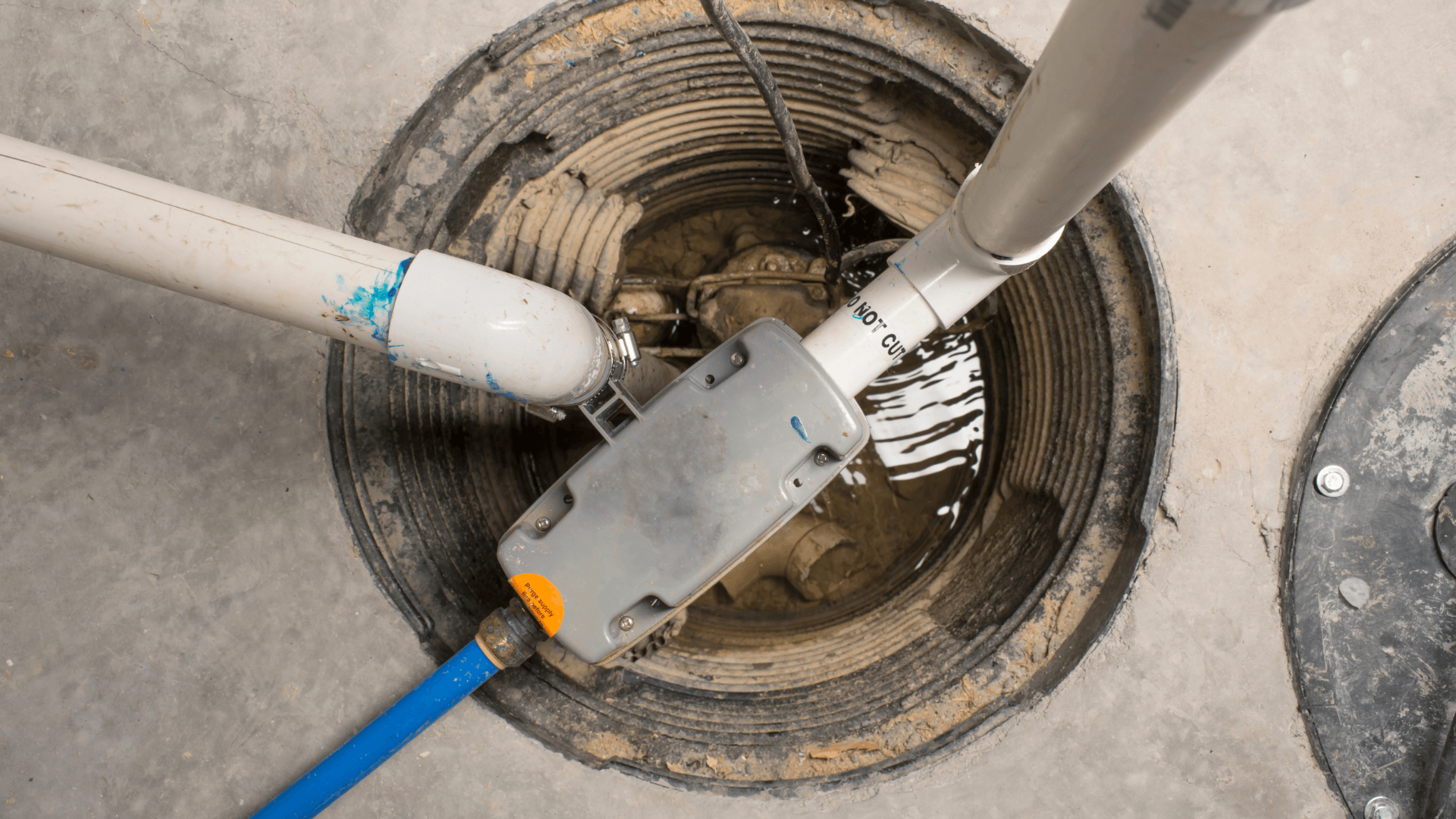Helpful Techniques for Servicing Your Sump Pump
Helpful Techniques for Servicing Your Sump Pump
Blog Article
They are making a few good points on the subject of Cleaning & Maintenance Tips for Your Home's Sump Pump in general in this article further down.

Sump pumps are essential parts in several homes, particularly in locations prone to flooding or excessive dampness. They aid protect against water damages by successfully removing excess water from basements or crawl spaces. Nevertheless, like any other home appliance, sump pumps need regular maintenance to ensure they operate properly when required one of the most. Cleaning your sump pump is an essential part of its maintenance, and understanding how to do it properly can save you from expensive repair work and possible calamities.
Introduction
Maintaining a tidy sump pump is important for its correct performance and durability. Ignoring this important job can lead to clogs, breakdowns, and eventually, water damage to your residential property. Consequently, learning exactly how to clean up a sump pump is important for home owners that rely on these devices to maintain their cellars dry and secured.
Recognizing the Sump Pump
Prior to diving right into the cleaning process, it's vital to have a basic understanding of just how a sump pump works. Usually installed in a pit or container listed below the cellar floor, a sump pump includes a number of vital components, consisting of a pump, a float button, and a discharge pipe. When water accumulates in the pit, the float button triggers the pump, which then pumps the water out through the discharge pipeline, far from the building's structure.
Indications of a Dirty Sump Pump
Recognizing when your sump pump needs cleansing is crucial for preventing possible malfunctions. Some typical indicators that show an unclean sump pump include unusual sounds during operation, decreased water flow, and noticeable particles in the pit. If you discover any of these signs and symptoms, it's necessary to cleanse your sump pump immediately to prevent any kind of further issues.
Preparing for Cleaning
Before you start cleansing your sump pump, it's vital to take some safety and security preventative measures. Beginning by shutting down the power to the pump to prevent any electric mishaps. In addition, use proper safety equipment, such as handwear covers and safety glasses, to safeguard on your own from dirt, particles, and prospective pathogens.
Detailed Overview to Cleaning a Sump Pump
Shutting down the Power
Begin by detaching the power supply to the sump pump to prevent any type of crashes while cleaning.
Getting Rid Of Particles and Dirt
Use a container or a scoop to get rid of any type of noticeable debris, dirt, or debris from the sump pit. Dispose of the debris correctly to avoid it from blocking the pump or the discharge pipe.
Cleansing the Pump and Drift Change
When the pit is clear of particles, carefully remove the pump from the pit. Inspect the pump and the float button for any type of indications of damages or wear. Use a soft brush or fabric to clean the surface areas and get rid of any kind of built up crud.
Flushing the System
After cleaning the pump and float button, flush the sump pit with clean water to get rid of any type of remaining dust or sediment. This will aid make sure that the pump runs efficiently and successfully.
Looking For Proper Functioning
Before reinstalling the pump, do a fast examination to ensure that the float switch turns on the pump correctly. Put some water into the sump pit and observe the pump's operation. If whatever is functioning appropriately, you can reassemble the pump and reconnect the power supply.
Maintenance Tips to Maintain Your Sump Pump Clean
In addition to routine cleansing, there are numerous upkeep suggestions you can follow to maintain your sump pump in ideal problem:
Final thought
Cleaning your sump pump is a critical aspect of its upkeep and guarantees that it runs effectively when you require it the most. By complying with the actions detailed in this guide and including routine upkeep right into your routine, you can prolong the life-span of your sump pump and shield your home from water damage.
6 STEPS ON HOW TO CLEAN A SUMP PUMP PROPERLY
UNDERSTANDING SUMP PUMPS
Your sump pump plays a crucial role in protecting your home by managing and removing excess water. It primarily functions as a “shield”, guarding your basement against the damaging effects of water accumulation. The pump is housed in a sump pit in the lowest part of your basement, and its job is to pump out any water that collects there.
During heavy rainfalls or when snow melts rapidly, water can infiltrate your basement, posing potential risks like flooding, structural damage, and harmful mold growth. Here, the sump pump springs into action, pumping out the intruding water and directing it away from your home.
SAFETY FIRST
Before cleaning, remember to prioritize safety. Disconnect the sump pump from the power source to prevent any accidental electric shocks. Also, wear sturdy gloves to protect your hands from any sharp or dirty components within the pump.
REMOVE THE SUMP PUMP
After ensuring your safety, the next step is to remove the sump pump from its pit. Doing this might require careful maneuvering as you don’t want to damage any pump components. Once removed, clean the sump pit to remove any accumulated debris or sludge.
INSPECT THE PUMP
Inspect the pump for any visible signs of wear or damage. Check the power cord, float switch, and impeller housing. If any components look worn out or damaged, consider replacing them to ensure optimal performance.
CLEAN THE PUMP
Thoroughly clean the pump with warm, soapy water. Make sure to rid it of any dirt, gravel, or other debris that might impede its performance. You can use a toothbrush to clean the small, hard-to-reach parts of the pump.
REINSTALL THE SUMP PUMP
Reinstall the pump into the sump pit Make sure it’s positioned correctly to remove the water effectively Once it’s back in place, reconnect it to the power source TEST THE PUMP
Finally, pour some water into the pit to ensure the pump works correctly. It should start automatically and begin pumping out the water; if it doesn’t, check the power source and the positioning of the pump.
Remember, while cleaning your sump pump is an essential part of home maintenance, hiring a professional plumber for a thorough inspection and cleaning at least once a year is also important. This will ensure that your pump is in optimal condition, ready to protect your home from potential water damage.
BEST PRACTICES FOR CLEANING SUMP PUMP DISCHARGE PIPES
Regular Inspection: Regularly inspect your discharge pipes, especially during heavy rainfall or snowmelt periods. Look for any signs of blockage or damage. Early detection of problems can prevent serious issues down the line. Periodic Cleaning: Over time, sediment and debris can accumulate in the discharge pipes, impeding the flow of water. Regular cleaning helps keep the pipes clear and functioning efficiently. You can use a high-pressure water jet to effectively clean the pipes. Insulation During Winter: In colder climates, discharge pipes can freeze, blocking the outflow of water. Protect your discharge pipes from freezing temperatures by insulating them with foam pipe insulation. This will ensure the sump pump can continue to discharge water even in freezing conditions. Proper Positioning: The discharge pipe should be positioned to direct water away from your home’s foundation. Improper positioning can lead to water seeping back into the basement. Ensure the pipe is long enough and angled correctly. Installation of a Check Valve: A check valve prevents water from flowing back into your sump pit after the pump has pushed it out. Installing a check valve helps maintain the efficiency of your sump pump and reduces the risk of flooding. Minimize Pipe Turns: Every curve or turn in the discharge pipe can decrease the efficiency of water flow. By minimizing turns and bends in your discharge pipe, you can increase the efficiency of your sump pump. https://www.fullspeedplumbing.com/how-to-clean-a-sump-pump-properly9999/

Do you enjoy reading about Keep Your Sump Pump Clean, It'll Keep You Dry? Write a remark down below. We will be delighted to listen to your suggestions about this blog posting. We hope that you come back again later on. Sharing is good. You won't know, you may just be helping someone out. Thanks a lot for going through it.
Call Today Report this page